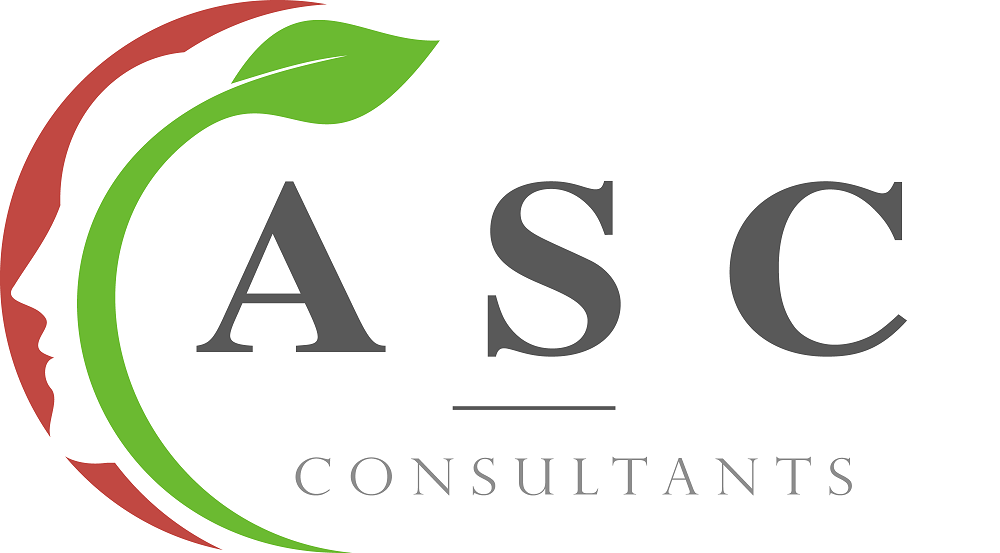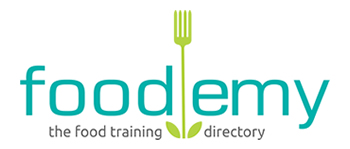
Training provider: ASC Consultants - Food Safety. Our Business.
Training Type: Public
Location: Nationwide
Cost: R Contact for more information
On Demand
Course Duration: 2 days
FoodBev SETA accredited Food Safety training for food handlers as per Regulation R638.
This course introduces the fundamentals of Food Safety practices, GMP and Personal Safety to food handlers. We highly recommend this course if the learner is new to the food industry or the basic legal requirements relating to Food Safety.
Our course is accredited by the FoodBev SETA and complies with the training requirements as per Regulation 10(1)(b) of Regulations R638.
Are you in the process of applying for your food premises’ Certificate of Acceptability? There is a good chance your local authority might want to see proof of food safety training.
US 120403: Apply Good Manufacturing Practices as Part of a Food Safety System
What is Food Safety and Why is it Important.
The difference between Food Safety and Food Quality.
The importance of Food Safety for the consumer, employer and employee.
Food Safety Hazards and Corrective Procedures
What is a Food Safety hazard?
The categories of Food Safety hazards are identified, and examples of each are given.
Identify the sources of contamination as a result of each of the hazards mentioned above.
How to apply corrective actions against food safety hazards and the sources of contamination.
Demonstrate an Understanding Good Manufacturing Practices
What are Good Manufacturing Practices?
A basic understanding of how Good Manufacturing Practices impact Food Safety in the following areas:
Cleaning and sanitising.
Personal health and hygiene practices.
Control of pests and waste materials.
Location, design, construction and maintenance of buildings and equipment.
Calibration of equipment.
Adequate supporting services (water, air, steam and ice).
Transport and distribution of foodstuffs.
Storage and handling.
Identification and traceability.
Recall.
Process control.
Conforming and non-conforming status indicators on products.
Supplier quality assurance.
Standard operating procedures and related records.
Auditing.
Training.
US 120404: Maintain Personal Hygiene, Health and Presentation in a Food Handling Environment
How to Maintain Personal Hygiene Practices in a Food Handling Environment
What is personal hygiene according to standard food safety principles?
The connection between personal hygiene, micro-organisms and Food Safety.
Why it is important to maintain personal hygiene practices.
How to identify possible hygiene problems if the required hygiene practices are not complied with.
The different personal hygiene practices that should be complied with in a food handling environment.
How to Maintain Personal Health and Well-being in a Food Handling Environment
What are personal health and well-being according to standard food safety principles?
The importance of proper personal health habits in a food handling environment according to basic health care requirements and food safety requirements.
Identify possible problems that may occur if not adhering to correct health care procedures in a food handling environment.
The different personal health practices that should be complied with in a food handling environment.
How to Maintain Personal Grooming and Presentation in a Food Handling Environment
What are personal grooming and presentation according to standard food safety principles?
The importance of adhering to the requirements for personal grooming and presentation in a food handling environment.
The consequences of grooming and presentation that do not comply with basic food safety requirements are explained.
Maintain clothing requirements in a food handling environment.
Clothing for hygiene purposes is worn according to work-site and food safety requirements.
The function of each part of clothing worn for hygiene purposes.
The consequences of not adhering to clothing requirements.
US 120416: Apply Personal Safety Practices in a Food or Sensitive Consumer Product Environment
Personal Safety in a Food Handling Environment
What is the purpose of safety legislation according to the Occupational Health and Safety Act, Statutory Regulations and the Workman’s Compensation Act?
The employer’s and employee’s rights and responsibilities regarding safety in the workplace.
How to identify safety signs and symbols in the workplace and the meaning of each. The identification and explanation refer to:
information signs and symbols;
instruction signs and symbols;
fire prevention and firefighting signs and symbols; and
warning signs and symbols.
What is the importance of personal protective clothing and safety gear?
How to identify the different colour codes on pipelines, equipment and floor spaces; and each’s meaning.
Security procedures in the workplace regarding:
Gambling
Trading
Possession or consumption of alcohol or narcotics on the premises
Possession of firearms on the premises
How to Apply Personal Safety Practices Regarding the Work Area and Equipment
Identify personal protective clothing and safety gear; and the purpose of each. This includes protective clothing and safety gear for the body in general and specifically for the head, eyes, arms, hands, legs and feet.
How to properly wear personal protective clothing and safety gear in the workplace.
Handling and lifting techniques for heavy objects.
The different personal safety practices regarding work areas and equipment.
The application of safe housekeeping. Safe housekeeping refers to:
The work area is kept tidy and clean at all times.
Equipment is cleaned and appropriately placed.
Spillage is cleaned up immediately and properly.
Requirements regarding the accessibility of safety equipment
Safety Emergencies
The identification of the different types of safety emergencies in the workplace. Safety emergencies refer to fire outbreaks, the need for first aid and other cases in which personal safety is endangered.
The procedures to follow in the case of a safety emergency.
The purpose and responsibilities of a safety and emergency representative.
Reporting procedures for emergencies.
Safe Storage and Handling of Raw Materials, Final Products and Chemicals.
The identification, motivation and application of safety practices for the safe handling and storing of raw materials, final products and chemicals.
Personal protective clothing and safety gear for the safe handling and storing of raw materials, final products and chemicals.
How to properly wear personal protective clothing and safety gear.
The ideal safety conditions for all relevant storage areas.
Assessments
What are the minimum prerequisite requirements for the learner to attend this course?
Communication: NQF Level 1 / Grade 9
Mathematical Literacy: ABET Level 3 / Grade 7
The following people will benefit significantly by attending this course if they are not familiar with Food Safety requirements or have never attended Food Safety training:
All food handlers not in key positions
Foodemy is brought to you by Food Focus. Food Focus was established in 2016.
Our main objective is to EDUCATE the food industry. Foodemy is THE place to find out about training for the food industry – courses, training providers, on-line training, self-help programmes – all in one place. Whether you are a training provider or a learner – we aim to make training in the food industry simple.
Foodemy is brought to you by Food Focus and is a part of the Food Risk Forum Group.
Food Risk Forum is a niche solutions provider for the food industry, offering access to the industry through digital and print advertising, social media, content marketing, as well as face to face contact with your target audience through bespoke events.
